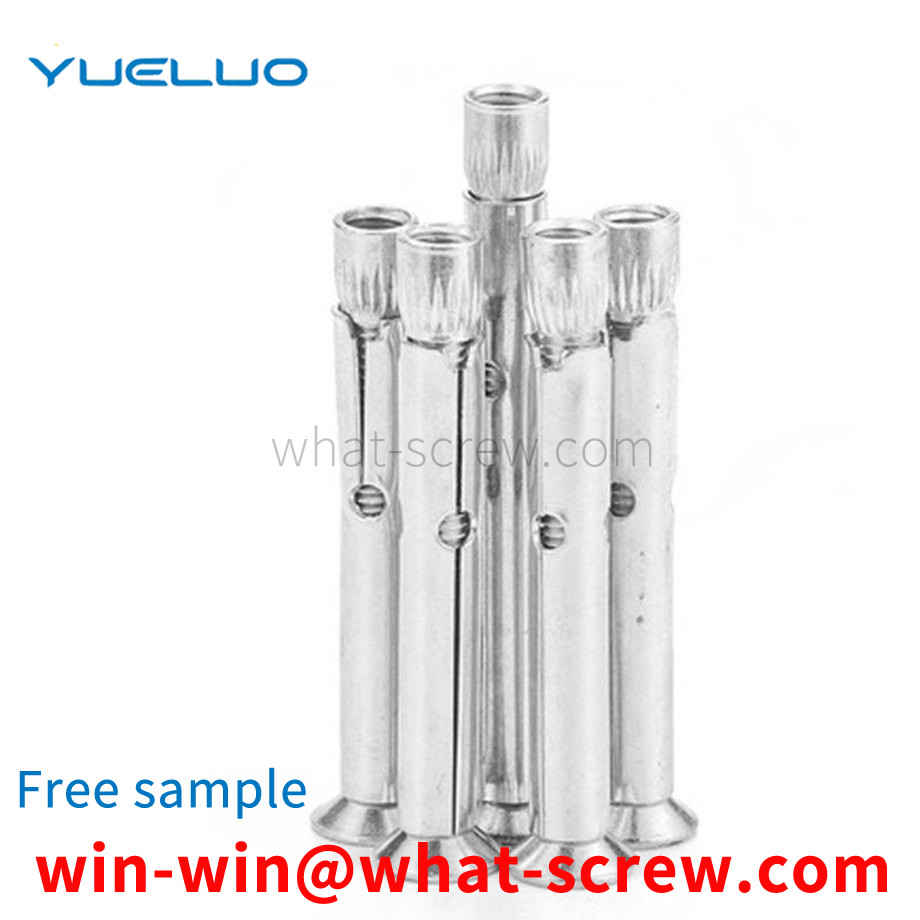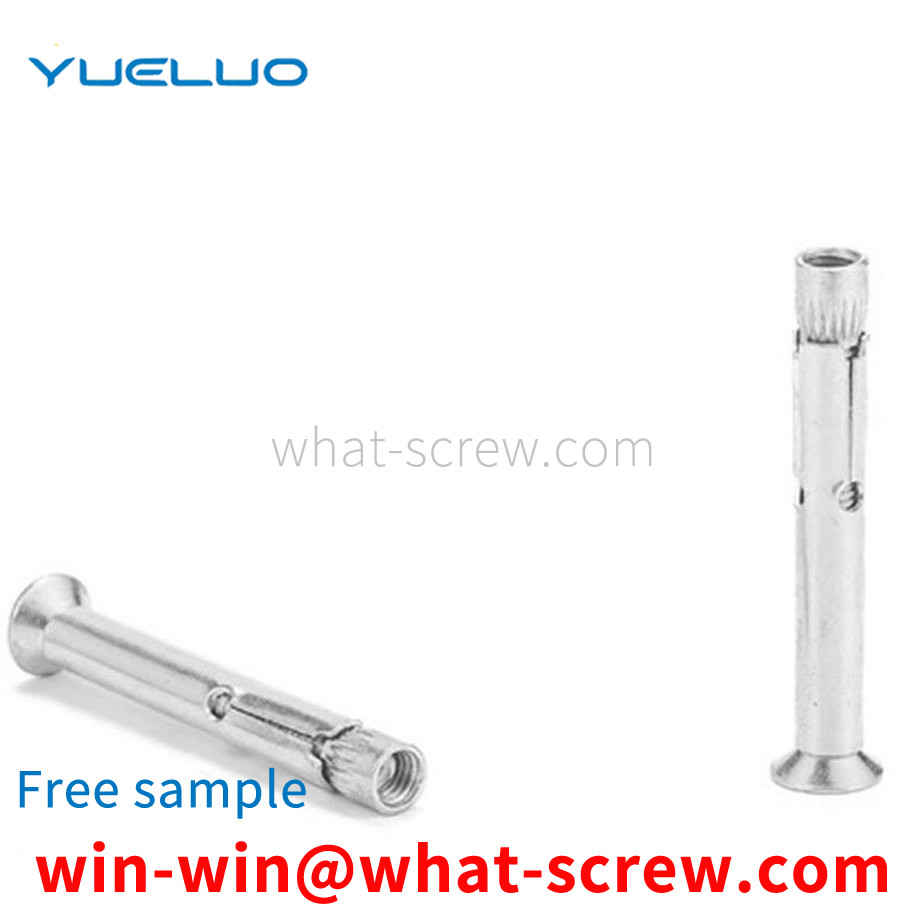When the iron pot is manufactured, the iron head is connected to the iron pot body through rivets, and then the pot handle is set through the iron head, and the iron head connects the pot handle and the iron pot body together. However, when the iron head is installed, the position may be inaccurate. At this time, it is necessary to remove the rivet and reinstall the iron head. At present, the removal of rivets is completely done manually, that is, workers use screwdrivers to unscrew the rivets, which is difficult to remove, wastes a lot of manpower, and has low work efficiency, thereby reducing production efficiency.
Stainless steel bolts refer to bolts made of stainless steel, including stainless steel SUS201 bolts, stainless steel SUS304 bolts, stainless steel SUS316 bolts, and stainless steel SUS316L bolts. The performance grades of stainless steel bolts, studs and studs are divided into 10 grades: from 3.6 to 12.9. The number before the decimal point represents 1/100 of the tensile strength limit of the material, and the number after the decimal point represents 10 times the ratio of the yield limit to the tensile strength limit of the material.
Locking of screws belongs to the prior art. Or by means of a visual method (X-ray control) a more or less complex aiming device is inserted into the transverse hole of the screw. In both cases a certain misalignment is unavoidable, ie the screw may not be coaxial with the central axis of the transverse hole and deviate from it by a certain value. In order for the locking screw to pass into and through the transverse hole despite this misalignment, the outer diameter of the screw is determined to be a size smaller than the diameter of the transverse hole. If the aiming is not maintained within this small dimension value, the locking screw can pass through the transverse hole without difficulty despite the aiming error. Now, however, the locking screw has a certain clearance relative to the transverse hole due to the determination of a smaller size value.
The development of a structure with simple production, reasonable structure and stable feeding is of great significance to the field of riveting automation. Technical realization elements: The purpose of this utility model is to overcome the deficiencies in the prior art, and to provide an automatic feeding device for pressure riveting nuts, which has a compact structure and a reasonable design, and can realize the automatic conveying of the pressure riveting nut on the pressure riveting die. Reduce the use of space, improve work efficiency and save labor costs. According to the technical scheme provided by the utility model: the automatic feeding device for riveting nuts, which is characterized in that: it includes an installation bracket, a connecting frame, a flap bracket, a material pushing cylinder, a material pushing block and a flap; the flap bracket is arranged on the installation Below the bracket and attached to the mounting bracket through the connecting bracket.
Material and process requirements The self-tapping locking screw should be made of high-quality carburized steel cold heading, generally no larger than M12. The finished material should be drawn with a high total reduction rate before cold heading, so that the cold heading must be spheroidized. Annealing, in order to enhance the surface hardness and the toughness of the core, most of them are made of medium and low carbon steel. The chemical composition of the material in the standard is only for guidance. The C content is 0.13%~0.37%, the Mn content is 0.64%~1.71%, and the B content can reach 0.005%. The elements of S, P, Mn and Si in the commonly used steel are generally lower than those of the ordinary bolt steel of the same grade. And the surface quality of the material is strictly controlled to reduce deformation resistance and prevent deformation and cracking. Commonly used grades are 20Mn, 15MnB, SWRCH22A, 1022A and medium carbon steel, medium carbon alloy steel SWRCH35K, SCM435, SCR435, etc. Self-tapping locking screws are threads with an arc-shaped triangular cross-section, so the formulation of cold heading and wire rolling processes, as well as the design and manufacture of cold heading dies and special rolling plates are very important. Self-tapping locking screws require a high-hard surface for cutting and extruding capabilities due to the need for self-tapping low carbon steel. At the same time, there must be sufficient core strength and toughness to prevent twisting and breaking during work. The heat treatment process of this type of screw belongs to shallow carburizing. Regardless of whether it is made of low carbon steel or medium carbon or medium carbon alloy steel, its core hardness must be guaranteed to be within the range of 28~38HRC (9.8 grade) 33~39HRC (10.9 grade) and not less than the minimum tensile load of 930MPa (9.8 grade), 1040MPa (grade 10.9), depending on the material, the minimum tempering temperature is 420℃. In order to ensure that the self-tapping locking screw can be smoothly screwed into the prefabricated cylindrical hole, the end of the screw should be hardened by high-frequency quenching to ensure that at least one to three thread teeth are hardened, and the minimum surface hardness is 45HRC.
We have many years of experience in the production and sales of screws, nuts, flat washers, etc. The main products are: screw rod screw joint, GB882 pin, expansion nut screw, fixed pin solid pin and other products, we can provide you with suitable products for you Fastener Solutions.



















 Service Hotline
Service Hotline




